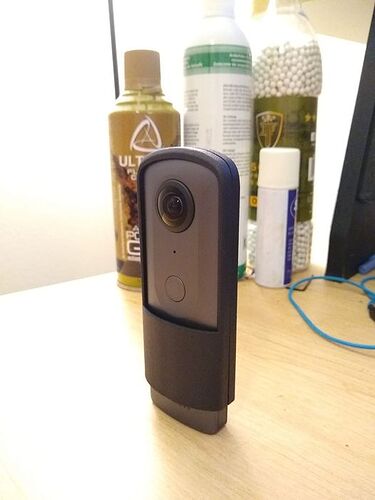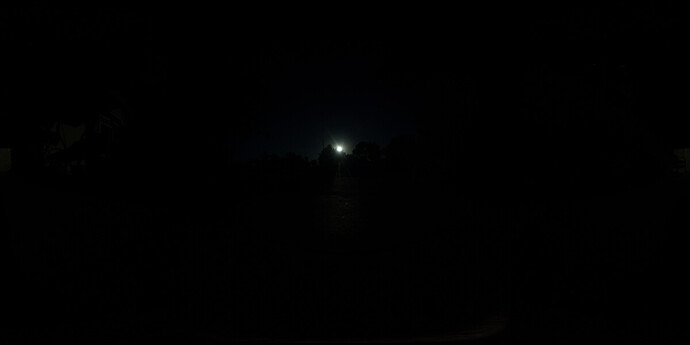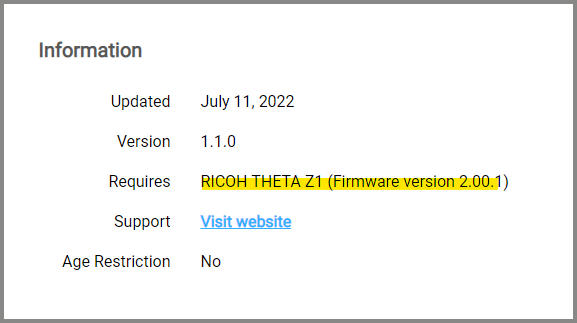UPDATE MID OCTOBER:
I got all the materials in to build the prototype and it was a VERY dirty build (what prototype isn’t?). The primary focus of this prototype was fitting, mounting solutions, and film layer density.
THE FILM (THETA V)
I got the film and it’s the darkest possible stuff I could find at only 3 stops light subtraction. before I even mounted the film to the shell, I just stapled some pieces together (like done by someone else on here. I did 1 layer, 2, layers, and 3, layers. I raised the shutter to it’s max with ISO at it’s lowest (ISO-64, 1/25000) just to see how the brightest of brights with the sun and its reflections would handle. 2 Layers of film work perfect at sunset or sunrise hours when it’s not as intense, but 3 layers would be optimal for getting it down to a dim little circle. (This image is ISO-64 Shutter 1/25000 with 1 layer of film…3 stop reduction at sunset)
THE FILM (THETA S/SC)
These cameras are only capable of getting down shutter speed of 1/8000, which is VERY slow if you think about it…1/3 the speed of the V or Z1. 2 layers of film didn’t do much, I bumped it to 3, and it reduced about 9 stops. It was alright, but in the end, I feel that 3 layers on those 2 cameras would be best. Any more than that, and no matter what your settings are, it will be dark and any colors from reflections or haze will be lost. So be sure to shoot a full bracket range without the filter as well.
THE FIT
I just kind of taped the 2 shells together with 2 layers of film hotglued into each side (gross I know). It was very unpleasant to look at obviously but it did give me some insight on my tolerances. I gave it about an extra 1mm breathing room already, but with glue and 2 layers already, it could barely fit the camera in there (had to use a lot of force). So If I’m going to get this to fit smoothly, I am going to have to give it about 3-4mm tolerance on each side. As far as the bottom foam goes, 1/4" was WAAAAAY too thick. I tried trimming it in half with a blade, but just ended up pealing it out. I will definitely have to get 1/16" of a softer foam to prevent light leaks (trust me, light leaks are bad).
MOUNTING SOLUTIONS
I really did not think this through when I first designed it, and all I had on me was super glue and hot glue. The super glue takes forever for the film to adhere to the shell and I didn’t have anything to clamp it with. The hot glue is way too thick and gets everywhere. My end solution will be to create a shell insert with a convex curve to fit the inner shape of the shell halves. this way I can lay the film down on top of it, add a thin layer of silicone around the shell edge, and press it down onto the insert, which should mold all the edges to the correct shape and the glue can take it’s time to dry. I can repeat this for 3 layers much faster and cleaner than doing it by hand.
But anyways, That’s about it for the update. If anybody has any suggestions or ideas, please do tell. =)


